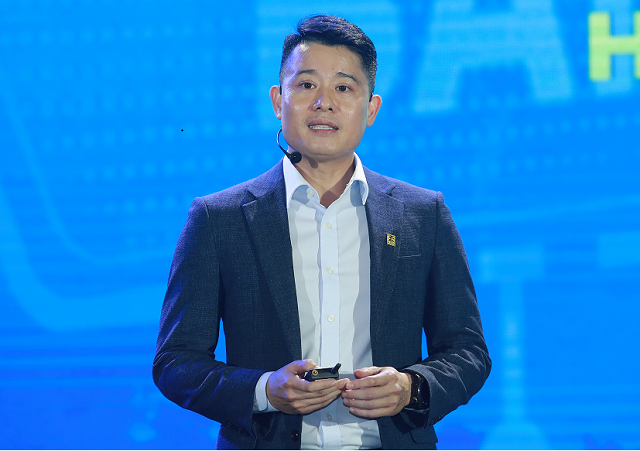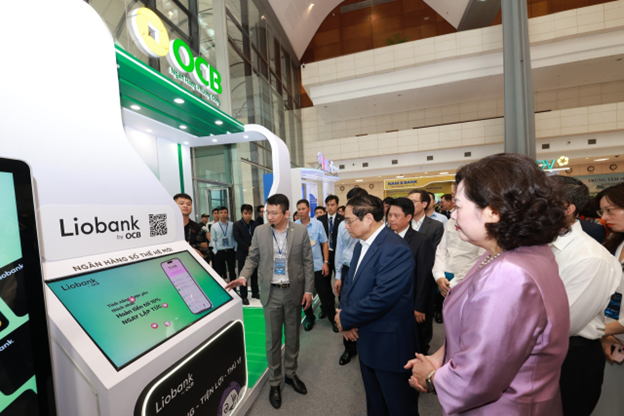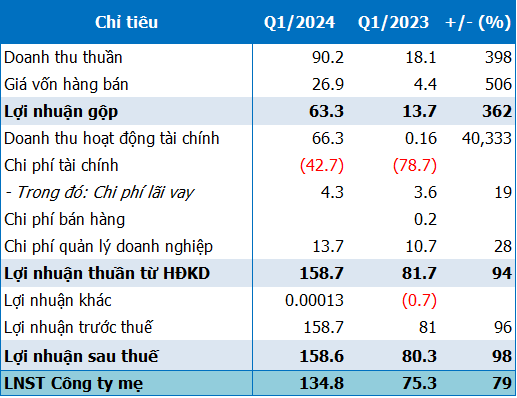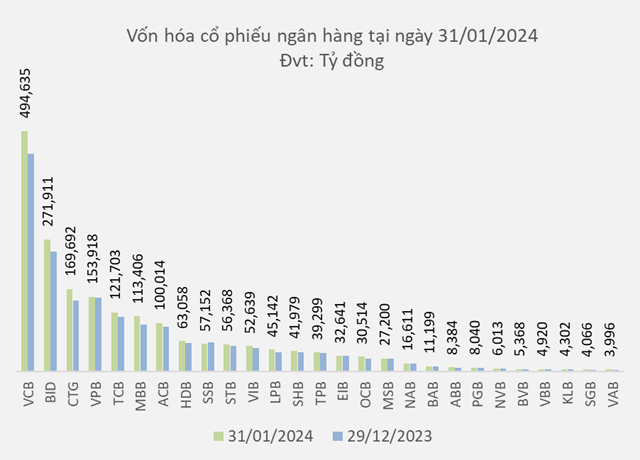A recent study conducted by Consumer Intelligence Research Partners (CIRP) has revealed an interesting trend: Android users’ shopping behavior is shifting towards iPhones. The number of switchers between the two operating systems has remained relatively stable since 2019, with a slight decrease in 2023 compared to 2022. However, their preference for specific iPhone models shows a distinct picture.
The study shows that the rate of users switching from Android to iOS has fluctuated between 11% and 19% from 2019 to 2023. Interestingly, 2022 saw the highest increase at 15%, indicating that this could be a peak before declining in 2023. This stability could be explained by the inherent complexities in transitioning operating systems, including data transfer and adapting to a new user interface.
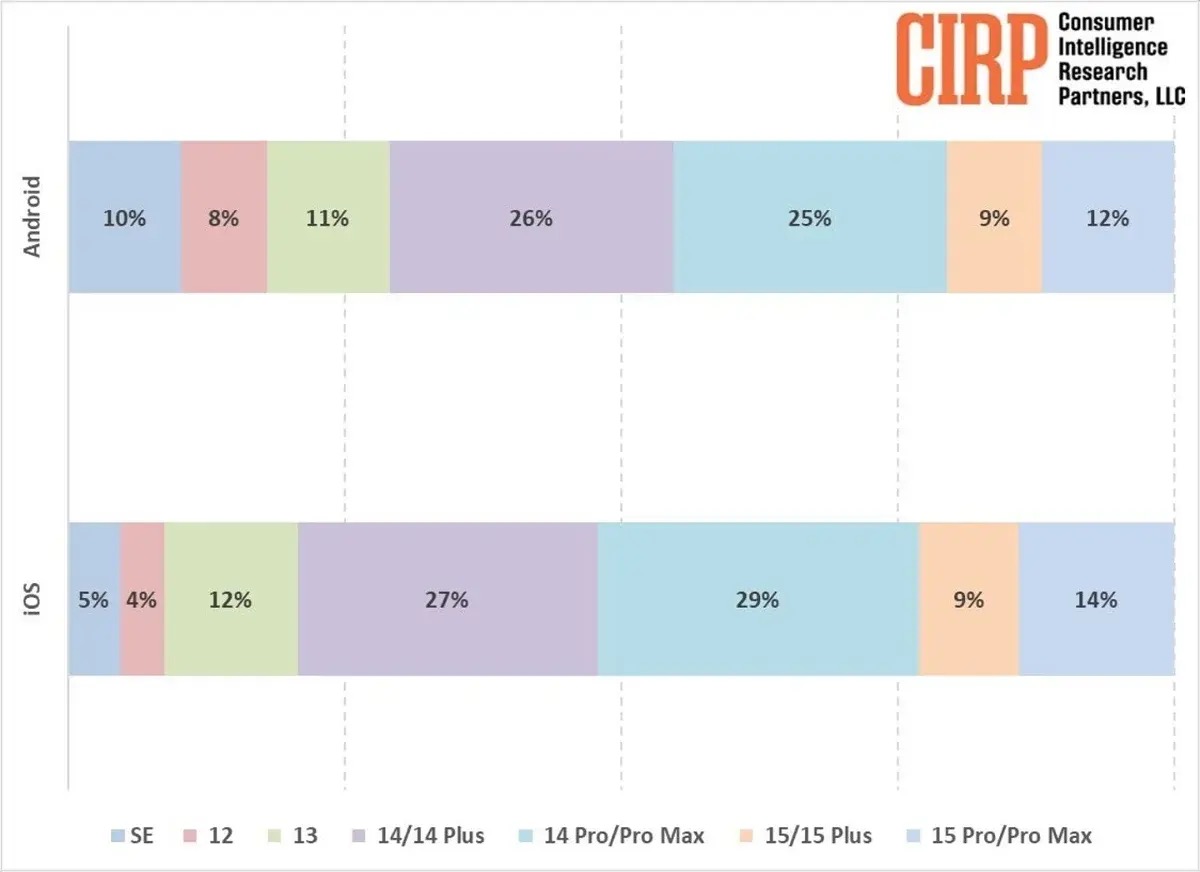
However, the data becomes more intriguing when analyzing the shopping habits of these Android-to-iOS switchers. While iPhone users tend to upgrade and favor the latest models (only 21% choose older models), a significant portion (29%) of those who switch from Android lean towards older iPhone models such as the iPhone SE, iPhone 12, or iPhone 13.
CIRP has studied the underlying reasons behind this preference. One convincing explanation lies in the budget of many Android users. They often come from using affordable Android phones, making more affordable iPhone models better suited to their financial constraints and daily needs.
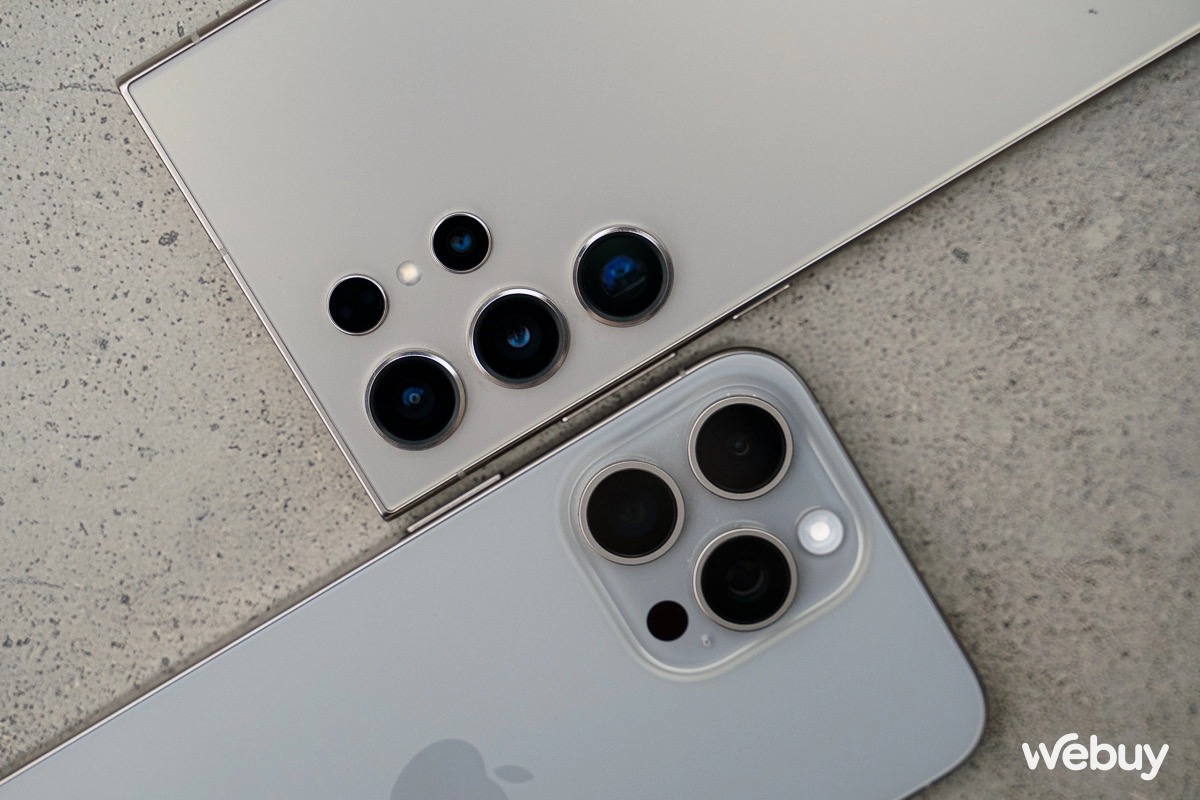
In addition to budget considerations, the study also highlights the appeal of Apple’s tightly integrated ecosystem as a motivating factor for switchers. Features like iMessage, FaceTime, and seamless integration with AirPods are significantly attractive even without owning the latest and most expensive iPhone model. This indicates that switchers prioritize the benefits of the Apple ecosystem over advanced features available on flagship models.
Furthermore, the study shows an interesting contrast within the group of Android users switching to iPhones. While a significant portion of Android users prefer older iPhone models, a surprising proportion (37%) opt for the latest Pro or Pro Max models.
This demonstrates the simultaneous existence of two distinct segments: one prioritizing value and affordability, while the other seeks cutting-edge features and the status associated with the latest premium iPhones.























